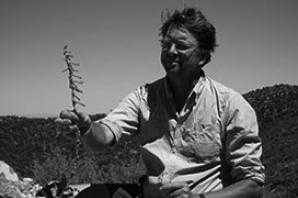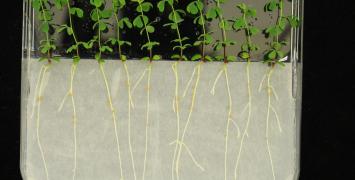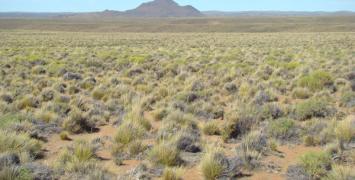Listening to jet-lagged plants
Prof. Ian Thomas Baldwin received an ERC Advanced Grant to study the internal circadian clock of plants. In particular, he wants to understand the ecological consequences of plants fallings ‘out of synch’. In this interview, Prof. Baldwin shares some of his research findings and explains why he has chosen to make his study results openly available.
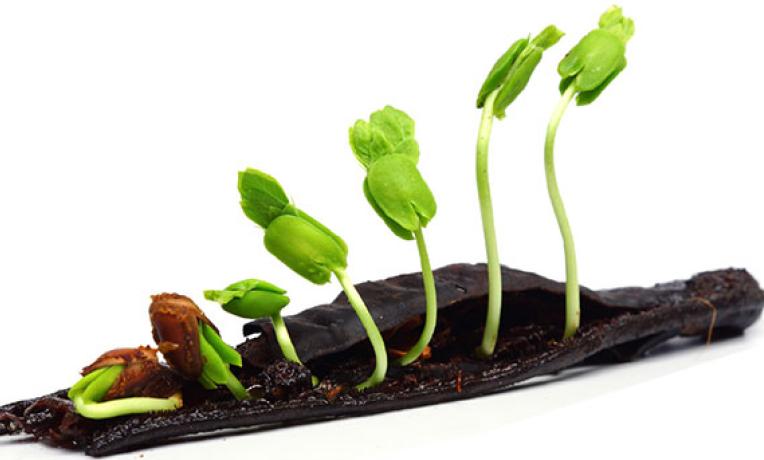
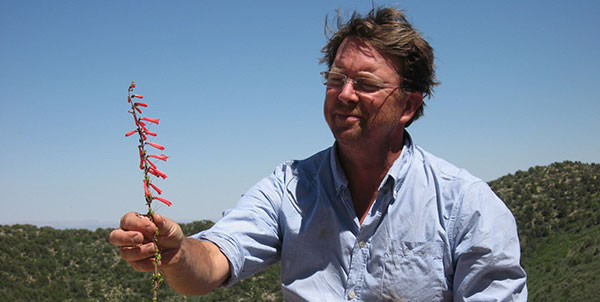
Why did you apply to the ERC to fund your project?
ClockworkGreen is a very iconoclastic research study. Only an organisation like the ERC, with its incredibly robust review process and its emphasis on innovative projects and creativity, could fund such research.
What is it about?
Internal clocks, rhythmed by the day-night cycle, play a key role in most living organisms, including plants. This mechanism synchronises, coordinates and helps plants to anticipate important biological processes, like growing from a seed, flowering, expanding roots, fighting herbivores and attracting insects. The project aims to better understand how the circadian clock helps plants to adapt to environmental changes, including extreme variations, like those triggered by climate change. For this purpose, we have chosen a native plant from the Great Basin Desert of Utah, USA, the Nicotiana attenuata, the wild tobacco plant. We engineered it genetically in Germany, taking apart its biological clock, and then we put it back into its natural habitat to observe what it takes for an ‘out-of synch’ plant to survive. Plants have all sorts of behaviours but, before silencing this clock, we never knew what rhythmed them and how they reacted to time disruption.
What project findings would you stress at this stage?
The wild tobacco plant is a model ecological system. It grows in the desert following fires, as it uses smoke chemicals to initiate germination and growth from its seeds that can lie dormant in the seedbank of the soil for hundreds of years, waiting for the next fire cycle. It has given us interesting insights into how intelligently a plant can adapt to and solve many different problems. It uses its own chemistry and biology in incredibly sophisticated ways, but it also uses other living organisms around it, including predators. The plant’s ecological performance has everything to do with timing and we have discovered a lot about how the clock regulates the plant’s behaviours, including growth and survival in extreme conditions. The findings apply to other natural plant species; they could help us to boost our agricultural crops’ ecological knowhow.
You gave open access to your research findings. Why?
Being a scientist means discovering new things about the world and sharing that knowledge for the use of others. Making data public is an intrinsic part of the scientific process. Before the new electronic media platforms existed, publishers played an important role in disseminating these results in paper form to other scientists. Today, traditional publishers’ services are no longer needed and - from a moral point of view - providing free access to our data and scientific results is, I believe, the only way forward. We owe it to the public, the tax payers that fund our research. As scientists are all independent thinkers, those that share this view can only lead by example. Open access venues, such as eLife, can really change the way we use publications to disseminate our research and promote our careers.
This interview was first published in ERC newsletter ideas in March 2016.
Read also Horizon magazine article.
Researcher webpage: Prof. Ian Baldwin’s webpage

